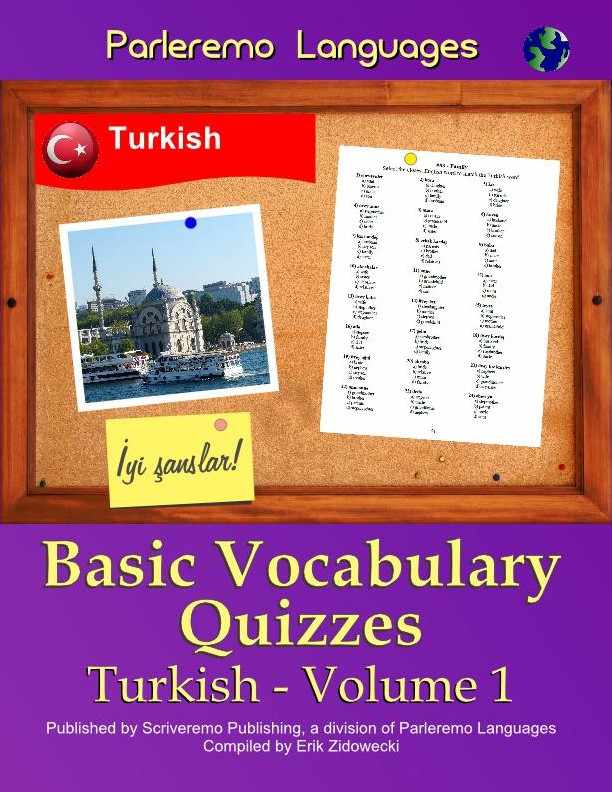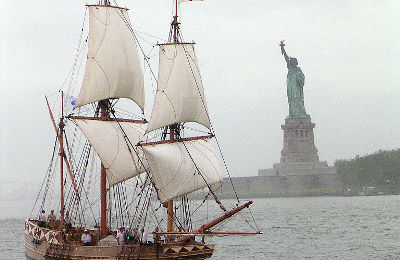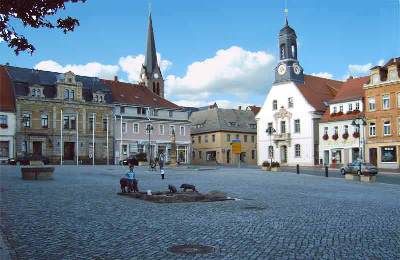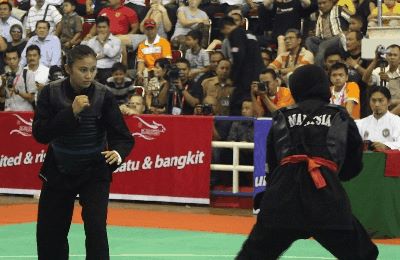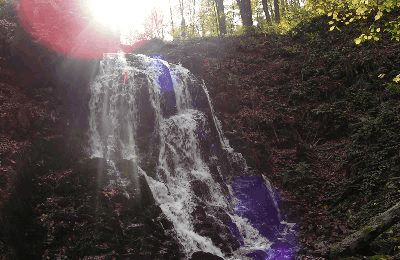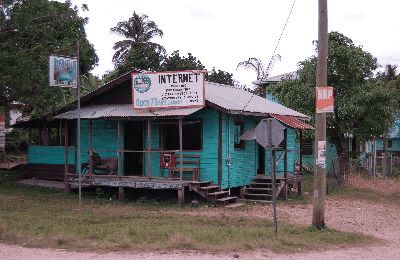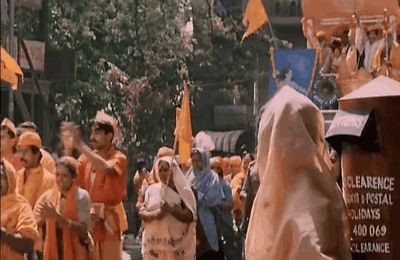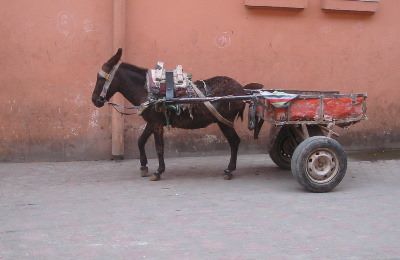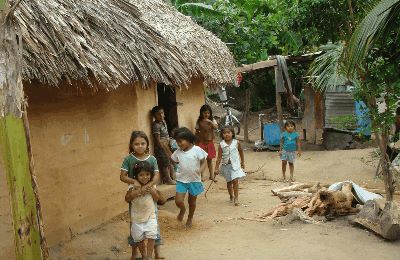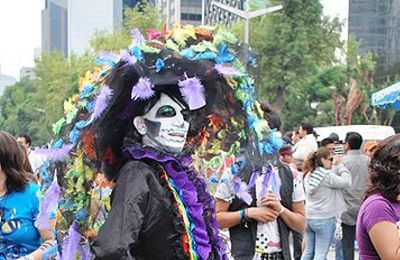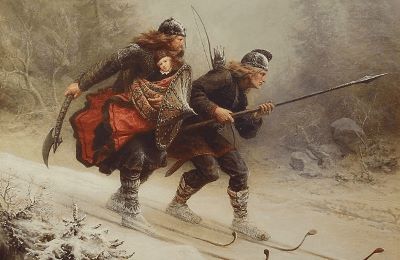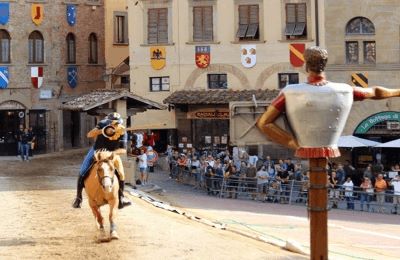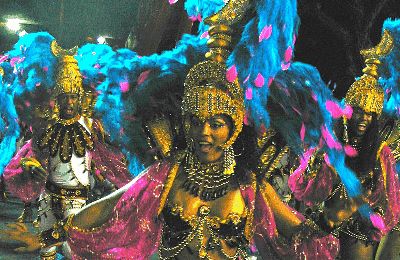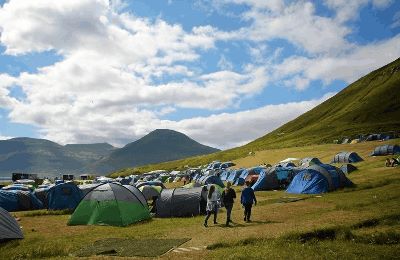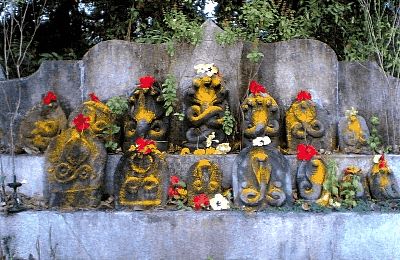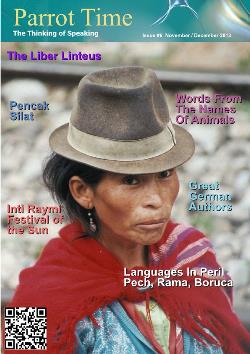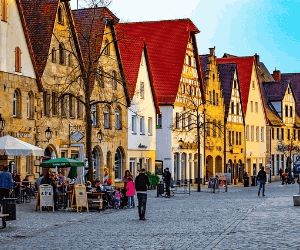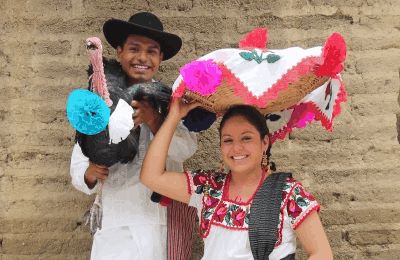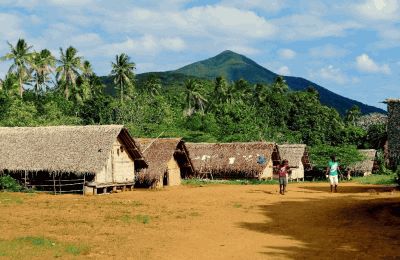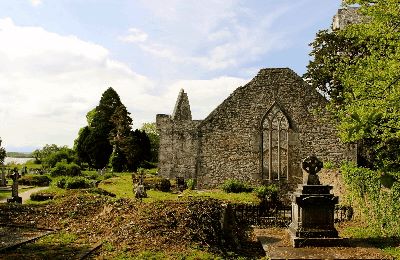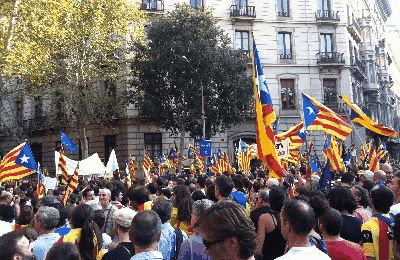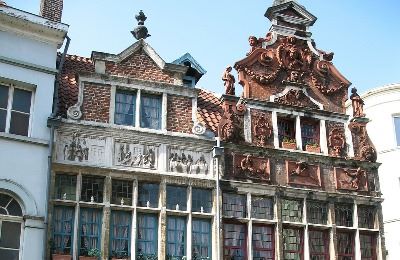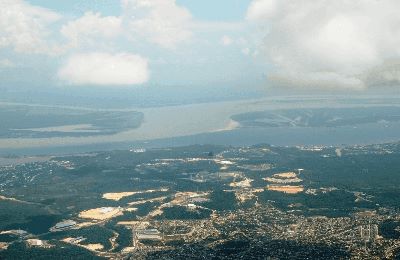Inti Raymi - Festival of the Sun

|
The Inca Empire The Inca Empire was the largest empire in South America before Europeans found and colonized the American continents. It had its center of power in Cuzco, which is part of in modern day Peru. In the years from 1438 to 1533, the Incas took over much of western South America, using both peaceful and violent methods of conquest. With the Andean mountain range at its core, the empire encompassed the areas which are now Peru, Ecuador, western and south central Bolivia, north and central Chile, and northwest Argentina. Quechua was the official language of the empire, with hundreds of local languages also spoken in it. They called the empire Tawantinsuyu, or "The Four Regions". Although there were many methods of religious worship in the empire, the ruling powers imposed the worship of Inti, the sun god, above all others. They held their King, the Sapa Inca, to be the "child of the sun." 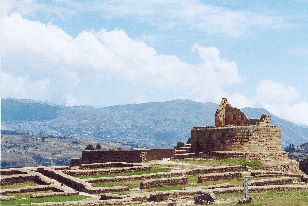 Ecuador, Ingapirca Inca ruins, in the province of Cañar Every year in June, the second largest festival in South America is held in Cuzco, Peru. Inti Raymi, also known as the "Festival of the Sun", has hundreds of thousands of people from South America and all over the world gathering for a week of celebration, starting on the 18th or 19th of June. There are street fairs, dancing, and music by local bands as well as some of the best Peruvian musicians. History The festival's origins go back to the times of the Inca Empire. It was a religious ceremony to honor the god Inti, the sun god who was believed to be the ancestor of the Incas. It also marked the Winter Solstice, which is the shortest day of the year (for those in the Northern Hemisphere, in South America, which is below the equator, the seasons are reversed, with the months of June & July being Winter months). During the Solstice, the sun is farthest from the earth. With the lack of sun and the cold of winter, the ancient Incas would gather to plead to the Sun God for his return. The method of this worship took the form of people fasting for several days before the gathering, even refraining from any kind of physical pleasure. They would then present Inti with presents as well as a huge feast with corn bread, meat and teas. Llamas were also sacrificed so as to guarantee fertile lands and good crops. The celebrations continued for almost a century among the indigenous people. The Inca Empire, at its height, had control over much of the east coast of South America, from as far north as Ecuador, down into Chile, and inland to parts of Argentina and Bolivia. It survived until the Spanish explorers found it and, with permission from Spain, invaded it in the 1500s. It took about fifty years, but the last Inca stronghold was conquered in 1572, and the last ruler, the Sapa Inca, Túpac Amaru, was captured and executed. This ended resistance to the Spanish conquest by the Incas. The last Inti Raymi celebration with the Inca Emperor's presence was in 1535. 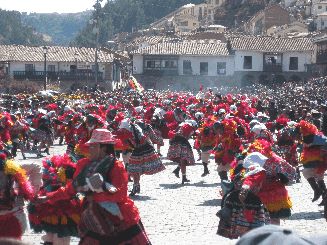 Hundreds of people dancing in celebration Change was swift. In 1572, Viceroy Toledo banned the Inti Raymi celebrations because they were pagan and contrary to the Catholic faith. As conversions of the native people to Christianity began, the ceremonies were kept hidden, but did not end entirely. The Spanish, realizing the risks and futility in trying to completely remove a religious celebration, moved it a few days later to match the date of their Catholic feast of St. John the Baptist. This gave them an excuse to allow the celebrations to continue as well as helping to indoctrinate the Incas to the ways of Christianity. Thus Inti Raymi survived in the form of the San Juan festival. Modern Times In the 1940s, the festival undertook a sort of rebirth in Peru. An historical reconstruction of the Inti Raymi was created by Faustino Espinoza Navarro and indigenous actors in 1944. This was based largely upon the writings of Garcilaso de la Vega, a 16th century historian and writer from the Spanish Viceroyalty of Peru. 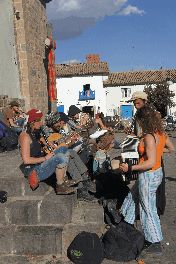 Local musicians playing on the street In Ecuador, the San Juan festival was renamed back to Inti Raymi in the 1970s to strengthen the identity of the native people. In other parts, it is still celebrated under the Christian names. It is known as San Juan in the city of Cotacachi and other parts of the Imbabura province. In the village of Cayambe and the northern part of Pichincha Province, it is called San Pedro. In the Cotopaxi province communities, especially in the small town of Pujili, it is celebrated as Corpus Cristi. With the lack of sun and the cold of winter, the ancient Incas would gather to plead to the Sun God for his return. The way it is celebrated varies a bit between regions. Generally, during the whole week of celebrations, various events are held all over, with feasting, dancing and music. In Peru, the main day of Inti Raymi is June 24th. In preparation for it, hundreds of actors are chosen to represent the various historical figures. It is a great honor to be selected to portray the most important ones, like the the Sapa Inca or his wife, Mama Occla. For the festival, the Sapa Inca is referred to as the Inti Churin (Son of the Sun). The reenactment begins with an invocation by the Inti Churin in the Qorikancha square in front of the Santo Domingo church, which was built over the ancient Temple of the Sun. The Inti Churin calls on the blessings from the sun, after which he is carried on his golden throne (in this case, a replica of the original) in a procession to Sacsayhuamán, the archaeological complex of the ancient fortress, in the hills above Cuzco. He is followed by the high priests, who are dressed in ceremonial robes. After those come other important figures, like officials of the court and nobles. Everyone is wearing elaborate costumes according to their rank, including ornaments of silver and gold. 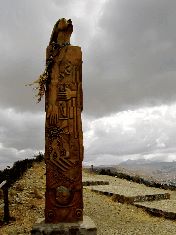 Statue of Pachamama in Bolivia The parade travels along streets decorated in flowers, with crowds of people playing music, praying, and dancing. Groups of women follow along, performing specific duties. About thirty of them are the Nustakunas, or chosen women, and they scatter yellow flowers. Thirty more women follow them, carrying wicker baskets of fruit and edible tubers, idols and golden amulets. These are followed by a third group of women who use branches of cedroncillo, a leafy native plant, to sweep away evil spirits. At the end of the procession, the Inti Churin ascends to the sacred altar for the huge mass of worshippers to see him. Once everyone is in place, speeches are made by the Inti Churin, the priests and representatives of the Suyos (the different regions that formed the empire). The Suyos are the Snake for the underworld, the Puma for life on earth, and the Condor for the upper world of the gods. As was done in ancient times, a white llama is sacrificed, but in modern times, this sacrifice is really just a very realistic act. The high priest then holds the bloody heart high in honor of Pachamama, a goddess revered by the indigenous people of the Andes and similar to "Mother Earth". He then reads the blood and animals insides to foretell the future, which we already know: "The fat, the blood, the heart and the lungs say that there will be an invasion of enemy people!". 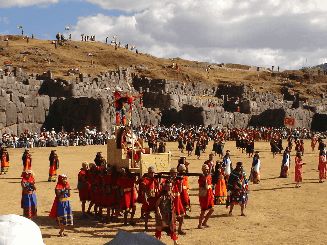 The Inti Churin being carried on his throne Lastly, the high priests and soldiers come forth carrying lit torches and set fire to small heaps of straw. Celebrators dance around the burning straw to honor the Empire of the Four Regions, Tawantinsuty. Then the Inti Churin and Mama Occla are carried on their thrones back to Cuzco, with blessings being passed along to the people by the high priests. 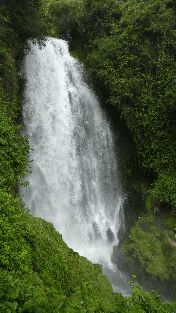 The waterfall at Peguche, where people clense themselves for Inti Raymi In Ecuador, many of the celebrating groups travel to sacred rivers and waterfalls to purify themselves in the water. This is according to an Andean ritual of recuperating energy and revitalizing their connection with Pachamama. One of these purification events occurs in Otavalo. It begins around midnight on June 22nd, when crowds of people travel to the waterfall of Peguche. They are followed by musicians and people dancing. Once there, they climb the small path to the waterfall and submerge themselves. After the cleansing, they return to their villages for more feasting, drinking, and dancing. A particular feature of the Ecuador festival is the Aya Uma, which is a mythological spirit with two faces, representing night and day. Aya Uma is represented using a mask with two faces, and he leads the villagers in a particular dance. They swirl around in circles to represent the two equinoxes (when the tilt of the Earth's axis is neither toward nor away from the sun), while stamping their feet as an invitation to Pachamama to join them. In the more mountainous regions of Otovalo, Cayambe and Tunguragua, the festivities often include sports competitions, running of the bulls (similar to Spain), cock fights, bullfights, dance competitions and events focusing on the environment. These may go on for an entire month. In the southern region, at Ecuador's largest Inca site, Ingapirca, Inti Raymi is a more a serious ceremony, mixing Inca traditions and the local Canari culture. The Taita Roque Ochoa, a character dressed all in white, representing peace, gives offerings to mother earth. This is followed by traditional dancing and feasting. While the Peru Inti Raymi is focused more on worshipping Inti, the one of Ecuador is more of a time of reunion with the family, the community and Pachamama. Inti Raymi is second only to Carnival in size and importance in South America, and while it is celebrated in a variety of ways, it is always a celebration of the relationship between the sun, earth, seasons and the people of the Incas. Remember these connections when you do your own sun worshipping on the beaches this summer. |
| Celebrations - Inti Raymi | ||||||||||
| Writer: | Sonja Krüger | |||||||||
| Images: | ||||||||||
| ||||||||||
| Sources: | ||||||||||
| ||||||||||
All images are Copyright - CC BY-SA (Creative Commons Share Alike) by their respective owners, except for Petey, which is Public Domain (PD) or unless otherwise noted.
|
Searching for language resources? Find entertaining and educational books for learning a language at Scriveremo Publishing. Just click the link below to find learning books for more than 30 languages!
| |
comments powered by Disqus
